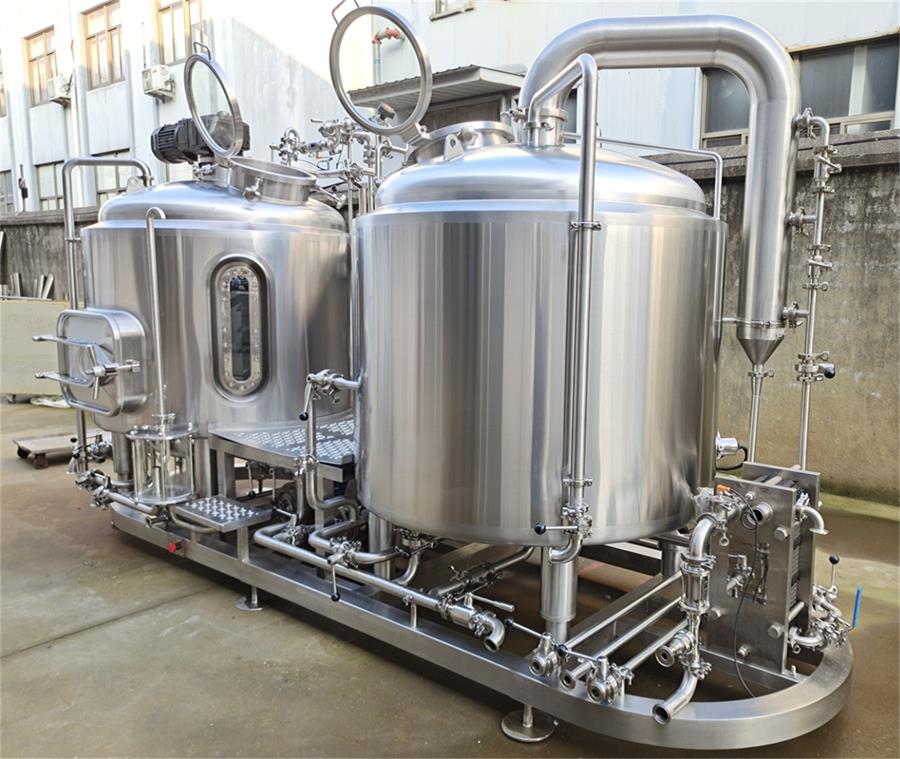How to Use Craft Distillery Equipment
What is Craft Distillery Equipment?
Craft distillery equipment refers to the specialized machinery and tools used to produce small-batch spirits. Unlike large-scale industrial distilleries, craft distilleries focus on quality over quantity, often using traditional methods and high-quality ingredients. The equipment typically includes stills, fermenters, mash tuns, condensers, and other accessories that help transform raw ingredients into delicious spirits like whiskey, vodka, gin, and rum.
Think of it as the difference between a handmade, artisanal loaf of bread and a mass-produced one. Craft distillery equipment allows distillers to have complete control over the process, ensuring a unique and high-quality product every time. It’s not just about making alcohol—it’s about crafting an experience.
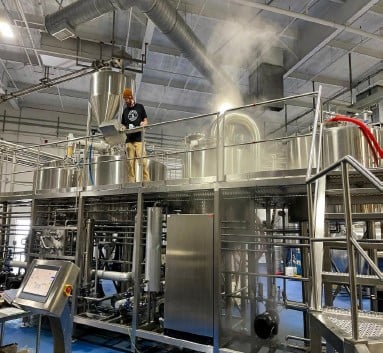
Why is Craft Distillery Equipment Becoming Increasingly Popular?
The craft spirits movement has been gaining momentum over the past decade, and for good reason. Consumers are increasingly drawn to locally made, small-batch products that tell a story. Craft distillery equipment enables entrepreneurs to tap into this demand by producing spirits that stand out in a crowded market.
But it’s not just about consumer trends. The rise of craft distillery equipment is also fueled by advancements in technology and accessibility. Modern equipment is more efficient, user-friendly, and affordable than ever before, making it easier for aspiring distillers to get started. Plus, the DIY culture has inspired many to try their hand at distilling, whether for personal use or as a business venture.
Another factor? The sheer creativity it allows. With craft distillery equipment, you’re not limited to producing generic spirits. You can experiment with flavors, ingredients, and techniques to create something truly unique. Who wouldn’t want to be the mastermind behind the next big thing in spirits?
What Types of Spirits Are Craft Distillery Equipment Mainly Used to Produce?
Craft distillery equipment is incredibly versatile, making it suitable for producing a wide range of spirits. Here’s a breakdown of the most common types:
| Spirit | Description | Key Equipment |
|---|---|---|
| Whiskey | A distilled spirit made from fermented grain mash, aged in wooden barrels. | Pot stills, fermenters, mash tuns, aging barrels. |
| Vodka | A neutral spirit typically made from grains or potatoes, known for its purity. | Column stills, fermenters, filtration systems. |
| Gin | A spirit flavored with botanicals, most notably juniper berries. | Pot stills, botanical baskets, fermenters. |
| Rum | A distilled spirit made from sugarcane byproducts like molasses. | Pot stills, fermenters, aging barrels. |
| Brandy | A spirit distilled from fermented fruit juice, often aged in oak barrels. | Pot stills, fermenters, aging barrels. |
Each spirit requires slightly different equipment and techniques, but the core components—like stills and fermenters—remain the same. This versatility is one of the reasons craft distillery equipment is so popular.
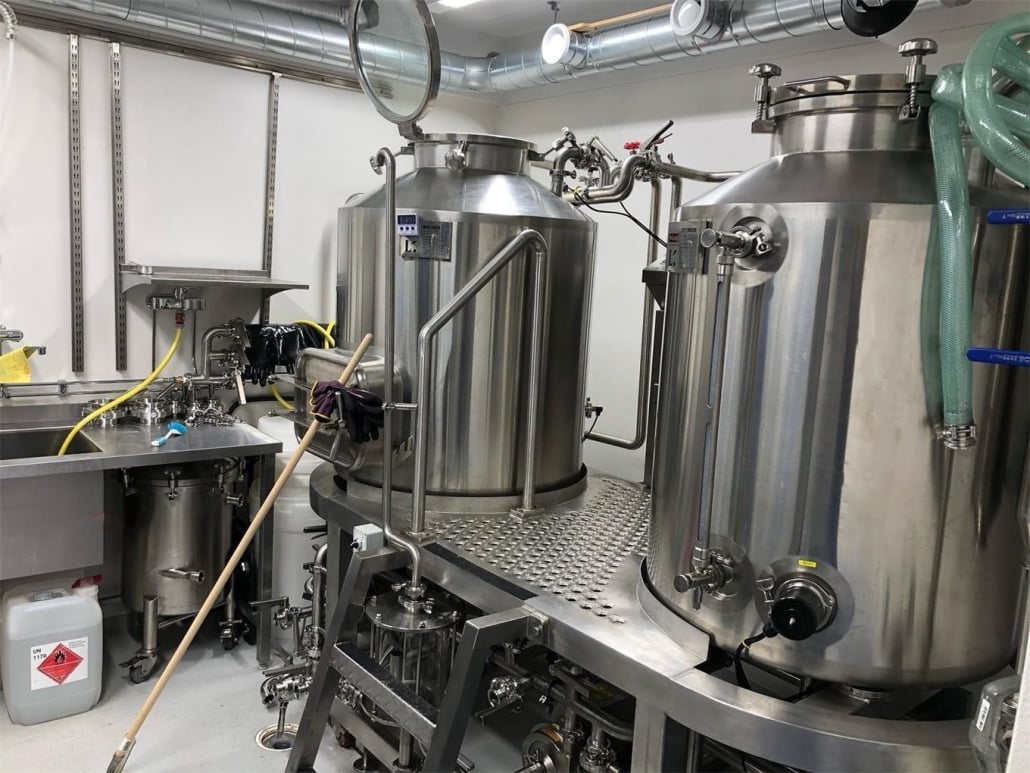
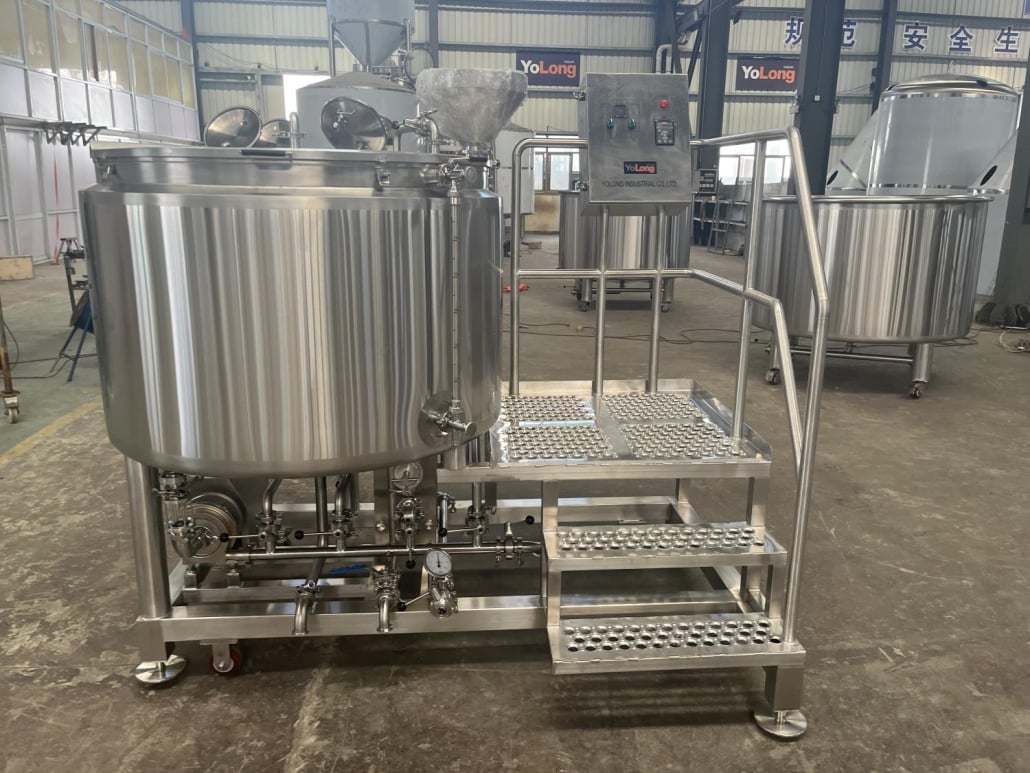
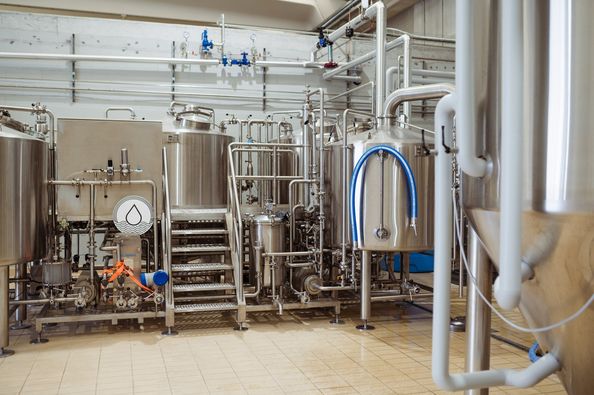


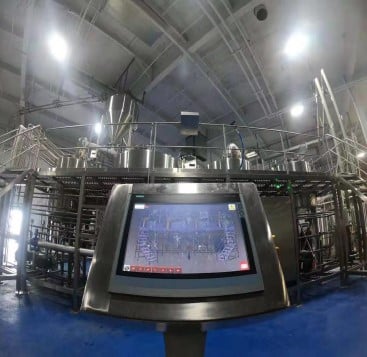
Why is Copper the Best Choice for Distillation?
When it comes to distillation, copper is the gold standard—literally. But why is this metal so highly regarded in the distilling world? Let’s break it down:
| Advantage | Explanation |
|---|---|
| Heat Conductivity | Copper heats up and cools down quickly, making it ideal for precise temperature control. |
| Sulfur Removal | Copper reacts with sulfur compounds, removing unwanted flavors and aromas from the spirit. |
| Durability | High-quality copper stills are built to last, often becoming family heirlooms. |
| Aesthetic Appeal | Let’s be honest—copper stills look stunning. They add a touch of elegance to any distillery. |
While stainless steel is sometimes used for its affordability and ease of maintenance, it simply can’t match the performance and charm of copper. If you’re serious about distilling, investing in a copper still is a no-brainer.
How to Choose Suitable Craft Distillery Equipment
Choosing the right equipment can feel overwhelming, especially with so many options on the market. Here’s a handy guide to help you make the best decision:
| Factor | Considerations |
|---|---|
| Capacity | How much spirit do you plan to produce? Smaller stills (5-20 gallons) are great for hobbyists, while larger ones (50+ gallons) suit commercial operations. |
| Material | Copper is the best choice for quality, but stainless steel is more budget-friendly. |
| Type of Still | Pot stills are ideal for flavorful spirits like whiskey, while column stills are better for neutral spirits like vodka. |
| Budget | Prices range from a few hundred dollars for basic setups to tens of thousands for commercial-grade equipment. |
| Space | Make sure you have enough room for the equipment, including storage for ingredients and finished products. |
Remember, the best equipment is the one that meets your specific needs and goals. Don’t be afraid to ask for recommendations or read reviews from other distillers.
The Process Flow of Craft Distillery Equipment
Ever wondered how raw ingredients turn into your favorite spirits? Here’s a step-by-step look at the process:
- Mashing: Grains or other raw materials are mixed with water and heated to convert starches into fermentable sugars.
- Fermentation: Yeast is added to the mash, converting sugars into alcohol over several days.
- Distillation: The fermented liquid (now called “wash”) is heated in a still, separating alcohol from water and impurities.
- Condensation: The alcohol vapor is cooled and condensed back into liquid form.
- Aging (optional): Some spirits, like whiskey and rum, are aged in barrels to develop flavor and color.
- Bottling: The final product is filtered, diluted to the desired proof, and bottled.
Each step requires specific equipment, and the quality of your tools can make or break the final product. It’s a delicate dance of science and art—one that’s as rewarding as it is challenging.
Best Brands of Craft Distillery Equipment
Not all distillery equipment is created equal. Here are some of the top brands trusted by professionals and hobbyists alike:
| Brand | Key Features | Price Range |
|---|---|---|
| Still Spirits | Affordable, beginner-friendly, and versatile. | $500 – $5,000 |
| Copper Alembic | Handcrafted copper stills with a focus on quality and aesthetics. | $1,000 – $10,000 |
| Vendome Copper & Brass Works | Commercial-grade equipment with a reputation for excellence. | $10,000+ |
| Tiantai | Budget-friendly options for small-scale operations. | $300 – $3,000 |
| Hillbilly Stills | Durable, easy-to-use stills with a rustic charm. | $1,000 – $8,000 |
Each brand has its strengths, so consider your budget, goals, and preferences before making a decision.
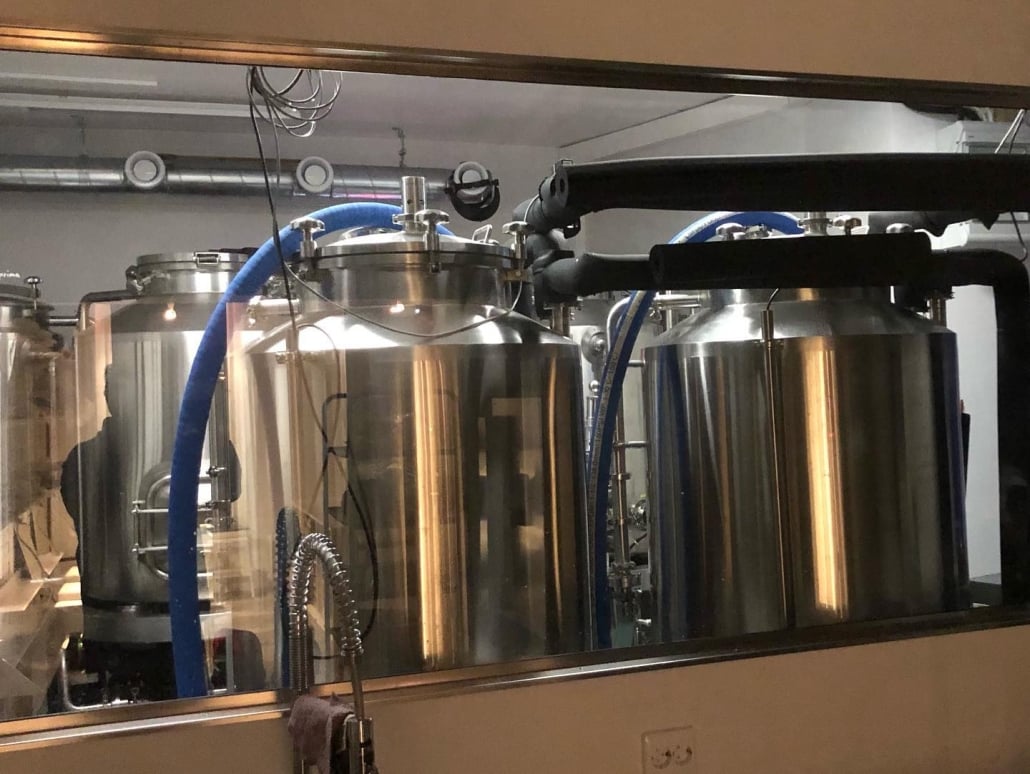
FAQ
| Question | Answer |
|---|---|
| How much does craft distillery equipment cost? | Prices vary widely, from a few hundred dollars for basic setups to tens of thousands for commercial-grade equipment. |
| Can I use craft distillery equipment at home? | Yes, but be sure to check local laws and regulations, as home distilling is illegal in some areas. |
| What’s the difference between a pot still and a column still? | Pot stills are better for flavorful spirits like whiskey, while column stills are ideal for neutral spirits like vodka. |
| How long does it take to produce spirits? | The process can take anywhere from a few days to several years, depending on the type of spirit and whether it’s aged. |
| Is copper really better than stainless steel? | Yes, copper offers superior heat conductivity and removes sulfur compounds, resulting in a better-quality spirit. |
FAQ (Craft Distillery Equipment)
1) What safety systems should every craft distillery install with new equipment?
Explosion-proof (Class I, Division 1/2) electrical where applicable, bonded/grounded vessels, LEL gas detection, pressure relief valves on stills/boilers, interlocked CIP and steam, and adequate ventilation per NFPA/OSHA and local code.
2) Do I need a separate mash tun and lauter tun for craft whiskey?
Not necessarily. Many small producers use a mash cooker with on-grain fermentation, then separate pre-distillation. If you want clear wort (e.g., for grain-off ferments), a true lauter tun or mash filter improves clarity and yield.
3) How do I choose between a pot still and a hybrid (pot + column) for a first distillery?
Start with your product mix. Flavor-forward spirits (whiskey, rum, gin) favor pot stills or short plate sections; neutral spirits (vodka) benefit from taller columns (10–20+ plates). Hybrids offer flexibility with removable plates or bypass.
4) What utilities are most commonly under-sized in new craft distilleries?
Steam generation (boiler BTU/steam lbs/hr), chilled water/glycol for fermenters and condensers, and make-up water/RO throughput. Undersizing here bottlenecks runs and fermentation control.
5) How often should I CIP/clean stills, fermenters, and lines?
Rinse after every use; full alkaline CIP on fermenters each batch, acid descale as needed (beerstone/mineral), and periodic copper passivation for still vapors paths. Validate with ATP swabs or visual inspection.
2025 Industry Trends for Craft Distillery Equipment
- Electrification and hybrid heating: More electric steam boilers and direct‑electric stills reduce emissions and simplify permitting where gas is constrained.
- Data-logged production: PLC/HMI packages track heat-up curves, reflux ratios, cuts, and proof to standardize small-batch quality.
- Sustainability as spec: Heat recovery from condensers to pre-heat mash water, closed-loop cooling, and low‑water CIP procedures.
- Modular, scalable systems: Skid-mounted mash/ferment/distill modules that scale from 250 L to 1,000+ L with common controls.
- Compliance-by-design: Vendors deliver documentation sets (P&IDs, relief device sizing, pressure test certs) to accelerate AHJ approvals and insurance underwriting.
2025 Benchmarks and Cost Snapshot (US; directional)
| Metric | 2023 Avg | 2025 Avg | Notes/Source |
|---|---|---|---|
| 250–500 L copper pot still (with condenser) | $12k–$25k | $14k–$28k | Vendor catalogs; inflation, added controls |
| 8–12 plate hybrid column add-on | $6k–$12k | $7k–$13k | More modular plate sections |
| 10–20 bbl steam boiler (lb/hr equiv.) | $18k–$35k | $20k–$40k | Gas/electric options; code packages |
| Closed-loop chiller (3–7 tons) | $7k–$15k | $8k–$16k | Efficiency improvements |
| Water use per liter of spirit (cellar ops) | 5–9 L/L | 4–7 L/L | With heat recovery/CIP optimization |
Sources:
- U.S. Energy Information Administration (EIA): https://www.eia.gov
- Distilled Spirits Council (DISCUS) market briefs: https://www.distilledspirits.org
- Vendor quotes and trade press (e.g., Artisan Spirit Magazine, ADI): https://artisanspiritmag.com | https://distilling.com
Latest Research Cases
Case Study 1: Heat Recovery on Condenser Loop Cuts Utilities (2025)
Background: A craft distillery faced rising energy costs and long heat-up times for mashes.
Solution: Added a plate heat exchanger to capture condenser heat from spirit runs to pre-warm strike water; insulated hot-side lines and automated valves via PLC.
Results: Reduced gas/electric input per liter of spirit by ~12–18%, shortened mash-in heat-up by ~20 minutes, and stabilized condenser outlet temperatures for better proof control.
Case Study 2: Hybrid Column Standardizes Vodka and Gin Runs (2024)
Background: Inconsistent proof and botanical carryover between gin and vodka runs using a pot still with a short column.
Solution: Installed a 12-plate modular column with removable sections and reflux control; created recipe-based setpoints for reflux ratio and take-off rate.
Results: Achieved repeatable 190 proof vodka within ±0.2% ABV of target; gin retained desired top-notes with reduced heads/tails smearing, cutting re-distillation by 30%.
Expert Opinions
- Dr. Kris Arvid Berglund (in memoriam), Distillation pioneer and educator:
“Process control—heat input, reflux, and cuts—drives spirit quality as much as equipment. Instrument and document your runs.” - Dave Arnold, Author and beverage technologist (Liquid Intelligence):
“Thermal management and condenser control are overlooked. Stable cooling capacity improves cut windows and aromatic retention.” - Nancy Fraley, Master Blender and consultant:
“Match still design to your desired flavor architecture. Copper contact is critical for heavy sulfur removal in grain spirits, while column configuration determines texture and neutrality.”
Practical Tools/Resources
- American Distilling Institute (training, safety): https://distilling.com
- Distilled Spirits Council (compliance, market data): https://www.distilledspirits.org
- OSHA/NFPA references for distilleries (hazard controls): https://www.osha.gov | https://www.nfpa.org
- Engineering Toolbox (steam, heat exchange sizing): https://www.engineeringtoolbox.com
- Anton Paar density/alcohol measurement: https://www.anton-paar.com
- Hygiena ATP testing for sanitation verification: https://www.hygiena.com
Optimization tip: Add internal links to “pot vs. column stills,” “distillery utilities sizing (steam/chilled water),” and “CIP and passivation for copper and stainless” to strengthen topical authority for Craft Distillery Equipment.
Last updated: 2025-09-09
Changelog: Added 5 FAQs, 2025 trend table with benchmarks and sources, two case studies on heat recovery and hybrid columns, expert insights, and practical resources for Craft Distillery Equipment
Next review date & triggers: 2026-03-01 or earlier if utility prices shift >10%, major code updates affect distillery safety requirements, or significant equipment pricing changes occur
Share this entry
Interested in learning more about Brewing Systems including additional details and pricing information? Please use the form below to contact us!
YOLONG BREWERY EQUIPMENT FAQS
- Commercial Brewery / Craft Brewery / Microbrewery / Nanobrewery
- What is The Difference Between Craft Beer and Industrial Beer?
- The Bespoke Differences In Custom Brewing Systems
- Everything You Need to Know About Kettle Souring
- How to Choose Brewing Equipment for Your business?
- How To Choose The-Best Partner To Build Your Commercial Microbrewing System?
- Two Detection Sensors That You Need To Use In Your Brewhouse System
- Remote Control Applications in Brewing Equipment/How does it work?
- How To Clean Your Brand New Brewery Tanks?

